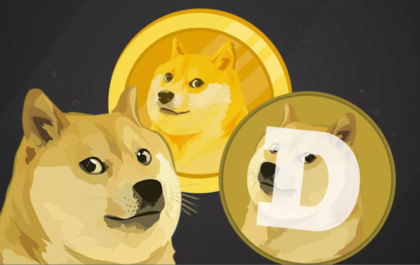The financial markets offer great returns and risks at the same time. It requires the shrewdness, patience and informed perspective of an investor to identify and take advantage of market opportunities. These opportunities are inherent with risk and call for discernment of risk to reward ratios that will eventually result to more gains than losses. Notably, some investors invest on market speculation while others consider price and market outlook before buying or selling an asset.
Speculative traders are more concerned with market risk compared to traders who wait for price marks and market outlook discernment. The latter read into a business by looking at items such as intrinsic value, quality and integrity of management, and the nature of a business. The mentioned checklist of these traders gives increased confidence on an investment compared to speculative traders. Speculative traders expose themselves to more risk and their trading requires an increased level of patience, grasp of market psychology and a mix of both technical and fundamental skillset.

Understanding the above main types of investors or traders helps in comprehension of major market risks. The risks are Systemic Risk and Non-Systemic Risk. Also known as non-diversifiable risk, systemic risk surpasses control by financial systems and only allows for sound mitigation. Systemic risks are caused by occurrences such as recessions, terrorism, natural disasters, pandemics and political turmoil. The consequences of systemic risk can cripple industries and the entire financial markets unlike non-systemic risk.

Non systemic risk affects a specific industry or company. For instance, a ruling banning the sale or new combustion engine cars in Europe by 2035 will have the automobile companies decline in value if they will not embrace electric car production. A specific regulation can lead to the closure of a company’s operations which translates to losses for investors. Fortunately, non-systemic risk is diversifiable and calls for investors to have investments in diverse industries to shield them from shocks when a component of the portfolio sinks.

There are inherent types of risks that are applicable to the two mentioned major risks and are;
Volatility
This is price fluctuation of a financial asset. The degree or percentage change of the assets value within a defined timeframe determines its volatility level. Risk tolerant investors prefer more volatile assets to subtly volatile ones. Risk averse investors seek preference for the latter.
Default Risk
Default risk is the probability that a party that is obliged to pay for a financial commitment might end up not honoring the made agreement. An example is with corporate bonds where investors lend a company money but it does not pay when agreed dates on premiums or coupons are reached. Reasons behind this risk could be insolvency, illiquidity or mere lack of integrity from the management.
Currency Risk
Currency prices vary and affect exchange rates. A good example is dollar denominated debt will become costly when the dollar increases in value. The reverse is also true.
Interest Rate Risk
Interest rates affect costs on assets and transactions. An increase in interest rates means more costs to a tradeable security that is benchmarked by the host country’s interest rate. For instance, an increase of 0.5% interest rate by the central bank, means the extra cost will be carried to market participants such as mortgage consumers who will have to pay more, hence a risk.
Counterparty Risk
Synonymous with default risk, counterparty risk has two parties involved in a transaction and its completion is dependent on a member honoring it. If the member fails to honor the agreement, losses are incurred.
Fredrick Munyao
Related posts
Market Hacks
A look into Coinbase, What you Should Know
Cryptocurrency exchange platforms have offered crypto enthusiasts and investors reliable avenues that continue to increase in their popularity and reach….
Dogecoin, a hyped market sentiment?
The Crypto world keeps presenting new twists and turns into the investment space. Bitcoin experienced its soar, so did Ether….
What is a Trader Checklist? Here are Five Things.
Trading is one lucrative skillset that has the ability to generate short term returns that can be effectively deployed elsewhere…
How to Fight Inflation, The Use of Interest Rates.
Inflation is a word often pronounced in economic and financial circles. It has both positive and negative effects to a…
What is a Sovereign Wealth Fund? Here are the Top 5 Largest Sovereign Wealth Funds in the World.
A sovereign wealth fund is a pool of funds owned by an individual government that aims to invest partly or…







